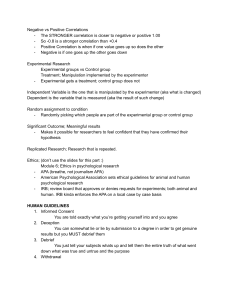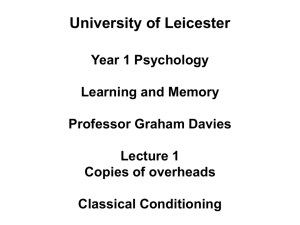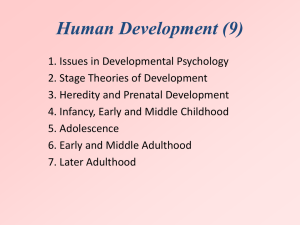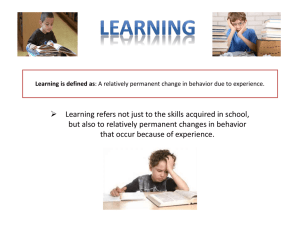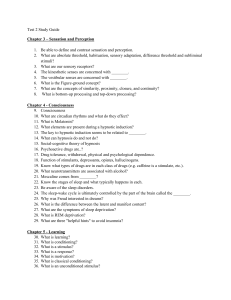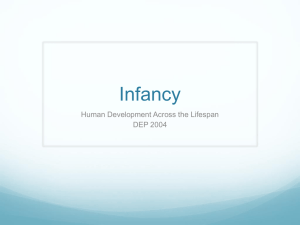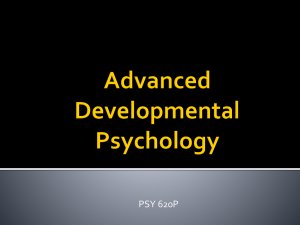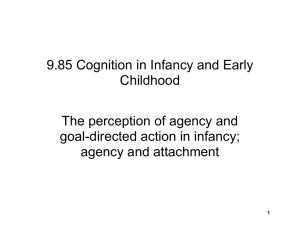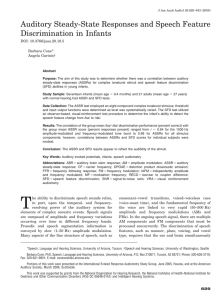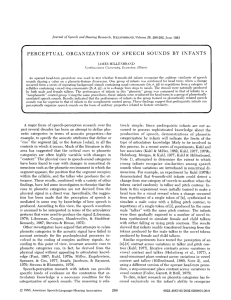Schaffer study and learning theory
advertisement
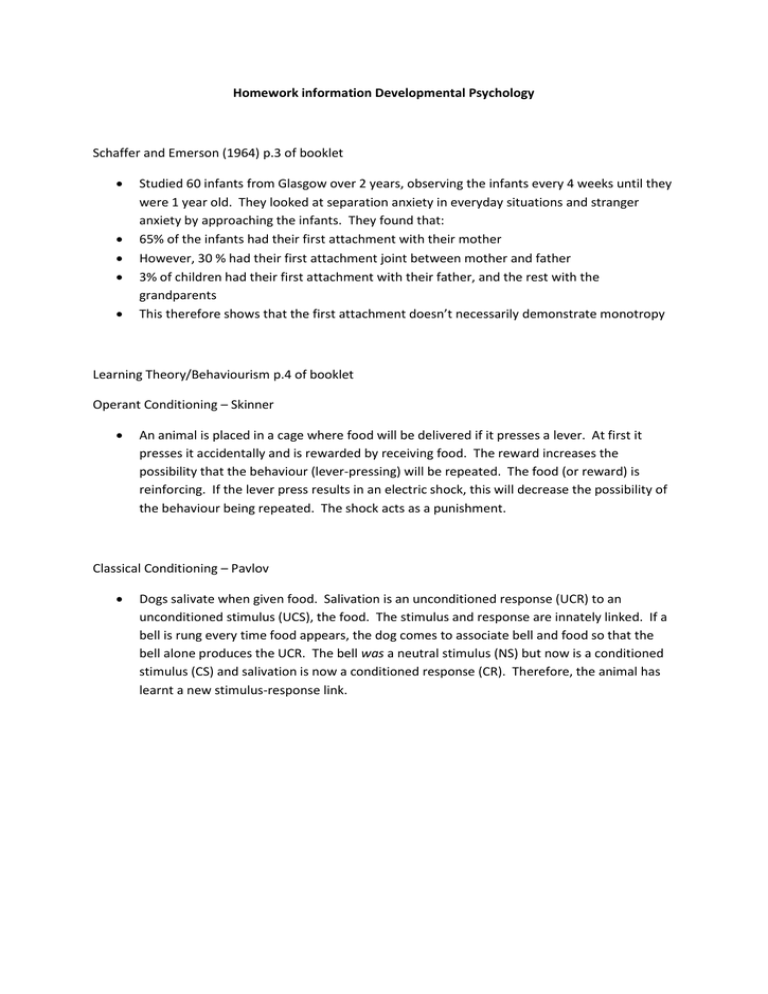
Homework information Developmental Psychology Schaffer and Emerson (1964) p.3 of booklet Studied 60 infants from Glasgow over 2 years, observing the infants every 4 weeks until they were 1 year old. They looked at separation anxiety in everyday situations and stranger anxiety by approaching the infants. They found that: 65% of the infants had their first attachment with their mother However, 30 % had their first attachment joint between mother and father 3% of children had their first attachment with their father, and the rest with the grandparents This therefore shows that the first attachment doesn’t necessarily demonstrate monotropy Learning Theory/Behaviourism p.4 of booklet Operant Conditioning – Skinner An animal is placed in a cage where food will be delivered if it presses a lever. At first it presses it accidentally and is rewarded by receiving food. The reward increases the possibility that the behaviour (lever-pressing) will be repeated. The food (or reward) is reinforcing. If the lever press results in an electric shock, this will decrease the possibility of the behaviour being repeated. The shock acts as a punishment. Classical Conditioning – Pavlov Dogs salivate when given food. Salivation is an unconditioned response (UCR) to an unconditioned stimulus (UCS), the food. The stimulus and response are innately linked. If a bell is rung every time food appears, the dog comes to associate bell and food so that the bell alone produces the UCR. The bell was a neutral stimulus (NS) but now is a conditioned stimulus (CS) and salivation is now a conditioned response (CR). Therefore, the animal has learnt a new stimulus-response link.
